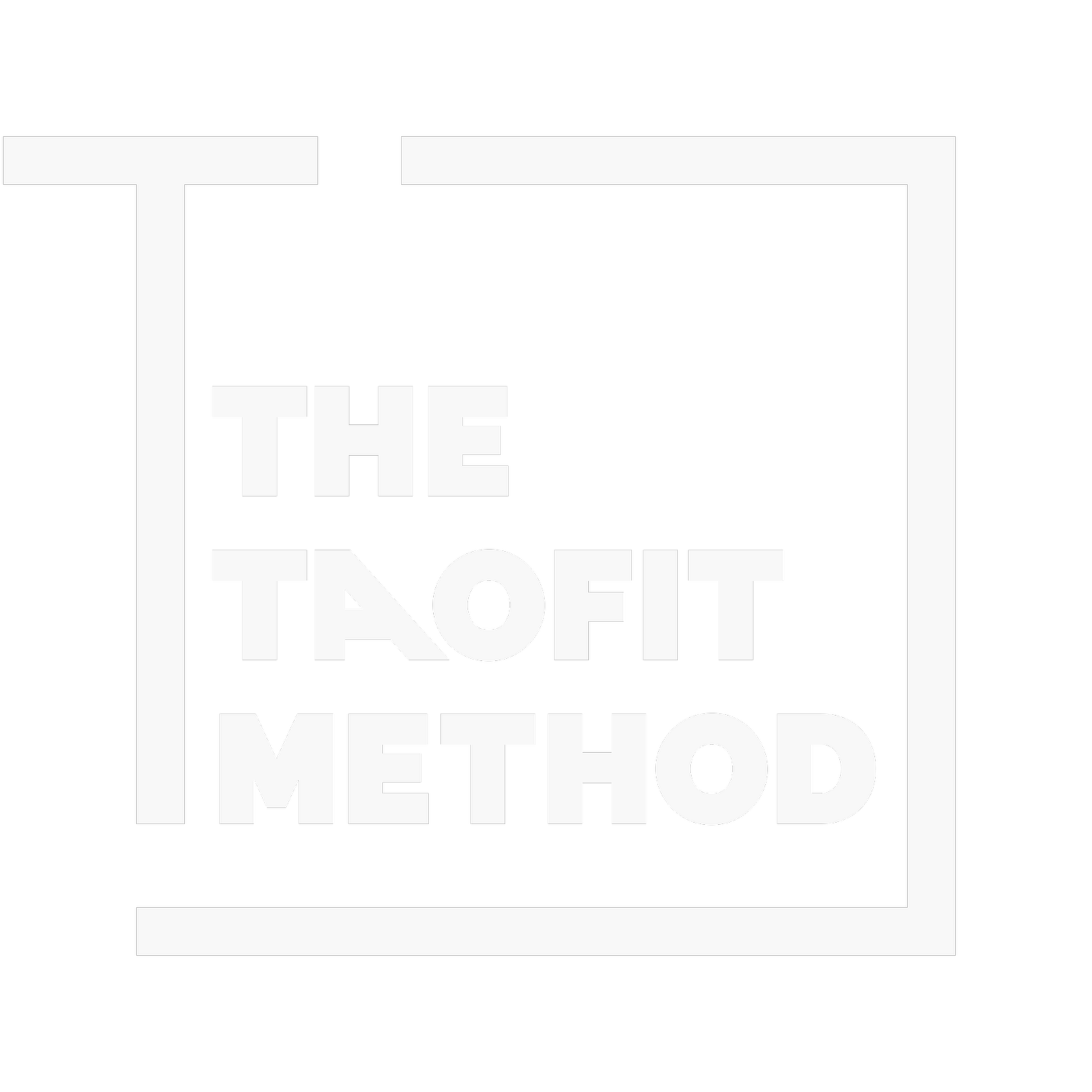Change Your Relationship With Pain. Move Better.
It’s a starting point. Join a movement practice that helps you listen, adapt, and move again — on your own terms.
The TAOFit Method
Movement that moves you forward.
This isn’t about pushing harder — it’s about listening closer.
TAOFit is a movement practice designed for people living with pain, stiffness, or disconnection.
It helps you rebuild trust in your body through small, intentional steps.
Awareness Before Intensity
Before effort comes attention. Learn to feel what your body’s telling you — and how to respond with care.
Consistency Over Perfection
You don’t need flawless form. You need consistency. TAOFit offers daily drills that grow with you, not against you.
Reconnection as the Goal
This isn’t rehab. It’s reintroduction. A way to come back into relationship with the body you live in.
Meet Coach Jesse
I’m Coach Jesse, creator of the TAOFit Method, movement coach, educator, and lifelong student of the body.
For nearly three decades, I’ve been helping people move through pain, reconnect to their bodies, and rediscover strength on their own terms.
The TAOFit Method was born from lived experience — six knee surgeries, countless injuries, and the long road of learning how to move differently, more intelligently, and more humanly.
This isn’t a performance program. It’s a return path — through awareness, breath, exploration, discovery, play, and flow.
Ready to Begin?
Join the TAOFit Method on Patreon to start your movement practice.
Weekly classes, exclusive content, and a grounded approach to reconnecting with your body.


